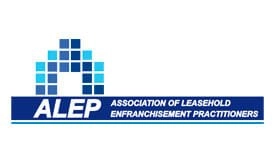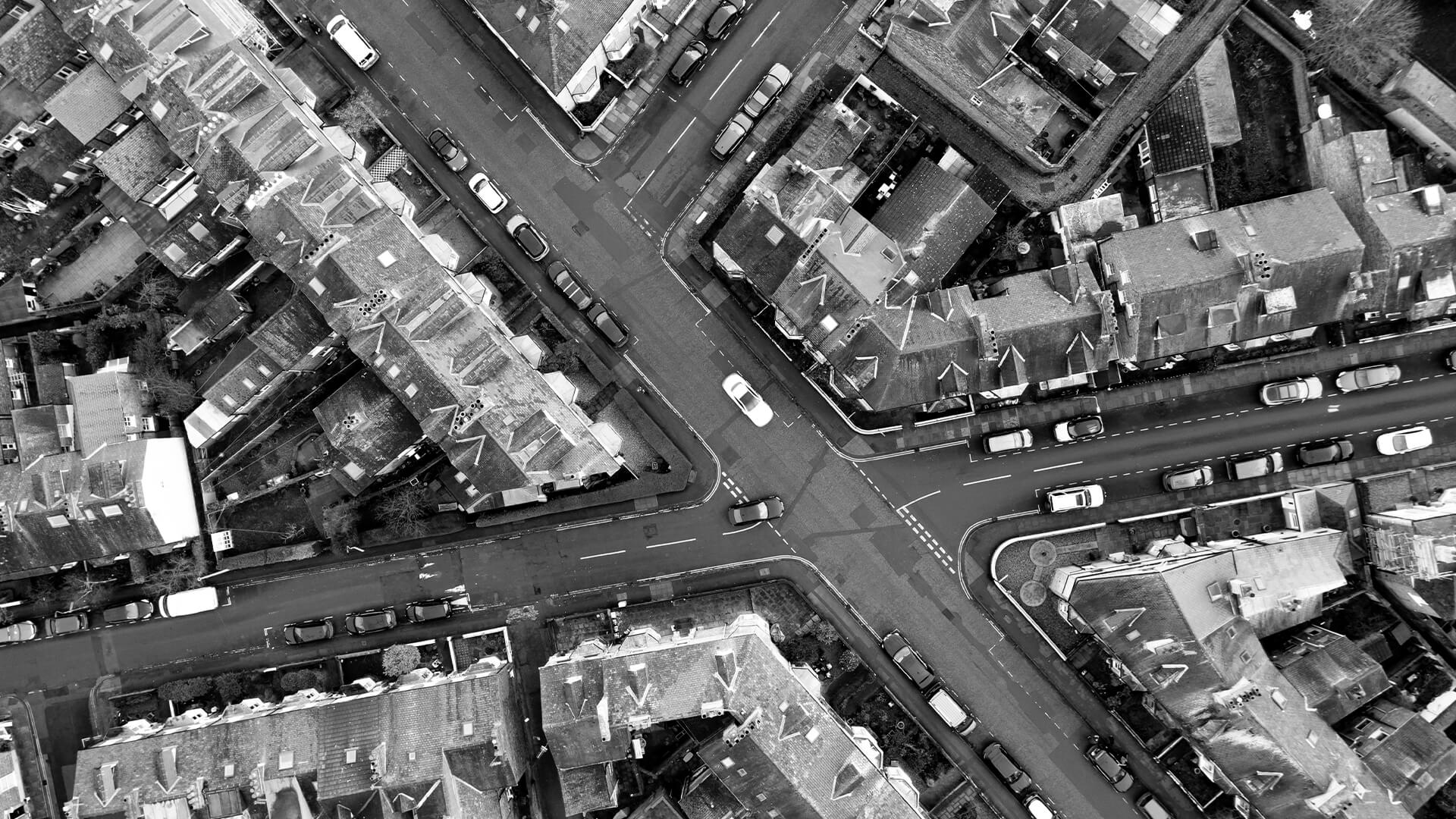Even though the Farm Business Tenancy (FBT) has become the standard for tenancies in the rural sector since 1 September 1995, there are still many tenancies under The Agricultural Holdings Act 1986 (AHA 1986).
Under the AHA 1986, the rights of tenants are heavily protected, much to the dissatisfaction of landlords. There are many clauses in the AHA 1986 that provide a high degree of statutory security to tenant farmers, particularly from the security of tenure and the succession rights. These rights have made it virtually impossible for landlords to terminate a lease under the AHA 1986 and gain repossession of their land.
Security of Tenure
The security of tenure provides security to the tenant that the tenancy will stay effective until the tenant’s death or retirement. This allows the tenant in a lease the right to remain and live on the land for the duration of their lifetime.
Succession Rights
Succession rights allows the tenant the right to transfer the tenancy to their children or close relatives as their successor if he/she have either retired or passed away. The tenancy can be passed on to a maximum of two occasions. Thus, it could take generations before the landlord is able to gain repossession of their land.
The rights enjoyed by the tenant through the security of tenure and succession rights, makes it notoriously difficult for landlords to terminate the lease and claim back their land. However, there are very limited routes in which the landlord may be able to take to terminate a tenancy under the AHA 1986.
Grounds for Terminating a Tenancy
The AHA 1986 outlines the 8 specific grounds where a landlord can bring an end to the tenancy:
Case A: “the tenant has attained the age of sixty-five,….suitable alternative accommodation is available…or will be available for him.
Case B: “the land is required for use, other than agriculture.”
Case C: “the tenant… was not fulfilling his responsibilities to the farm in accordance with the rules of good husbandry.”
Case D:, “the tenant, has failed to comply with a notice…to pay rent due.”
Case E: “the commission had materially prejudiced the interest of the landlord in the agricultural holding by the tenant of a breach, which was not capable of being remedied.”
Case F: “the tenant …had become insolvent
Case G: “the death of a person who immediately before his death was the sole (or sole surviving) tenant
Case H: “the Minister certifies in writing that the notice to quit is given in order to enable him to use or dispose of the land for the purpose of effecting any amalgamation…”
The landlord has the opportunity to rely on more than one case notice to increase the likelihood of bringing an AHA tenancy to an end. However, ending a tenancy based on the grounds above tend to be onerous as there are stringent tests in place to test the validity of each case. Therefore, the burden is on the landlord to prove that the grounds for an AHA tenancy to be terminated have been complied.
Notice to Quit
The formal procedure to terminate an AHA tenancy is for the landlord to serve a notice to quit under Section 25 of the AHA 1986 Act.
If a landlord believes that they have a case to terminate the lease, then they should serve a notice to quit, which outlines the landlord’s intention of taking repossession of the land.
If the tenant does not agree to the grounds for terminating the tenancy, the tenant has the right to challenge the notice to quit by serving a counter notice if they reject the notice to quit under Section 26(1) which would also raise the notice of quit to the First Tier Tribunal. The tenant must serve a counter notice within one month of the service of the notice to quit. The Tribunal then has the option of whether to consent to the landlord’s notice to quit in accordance to the conditions in Section 27(3) of the AHA 1986 Act. The Tribunal will need to formulate an opinion as to whether the termination of the lease by the landlord is in the interest of:
- good husbandry;
- sound management;
- agricultural research;
- allotments;
- greater hardship; or
- non-agricultural use
If the tenant serves a counter-notice, the onus is on the landlord to prove the grounds to terminate the tenancy to the Tribunal. When considering their decision, the Tribunal will also look into whether the landlord was acting fair and reasonable when looking to take repossession of the land.
Upon the tenant’s death, the landlord has the right to serve a notice to quit within three months of written confirmation of the tenant’s death, providing that there has not been any application for the succession of the tenancy from the tenant’s close relatives. The landlord, under Case G, has the right to serve a notice to quit to take repossession of the land. Failure to serve a notice to quit may mean that succession rights under the AHA 1986 would see the tenant’s children or close relatives obtain the lease.
When serving a notice to quit, it is important that the landlord completes and serve the notice to quit correctly, otherwise the notice to quit may be deemed as invalid and may jeopardise the landlord’s slim opportunity of regaining possession of the land.













